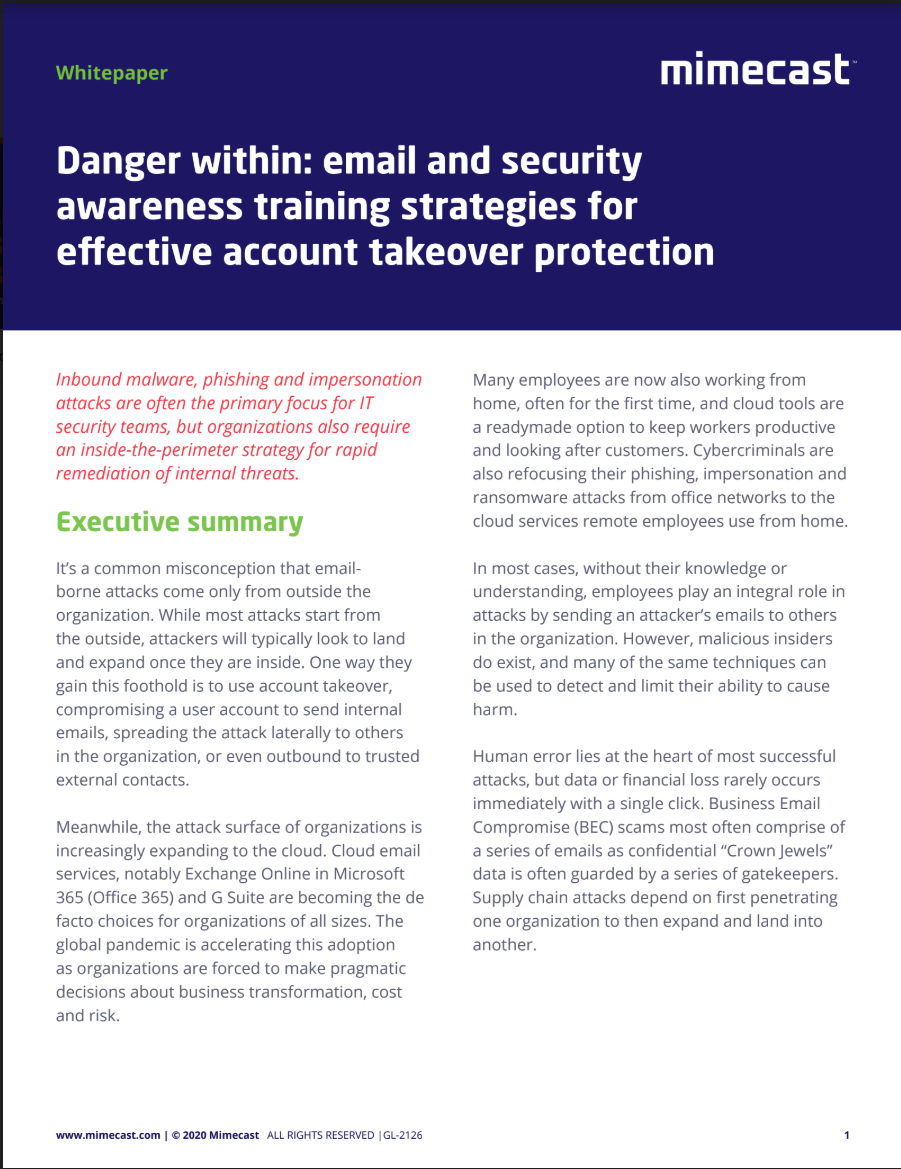Cyber attacks on manufacturing up 300% in a year
NTT also found that application-specific and web-application attacks accounted for two-thirds of all cyber crime


Hackers have taken advantage of the coronavirus crisis to launch cyber attacks against essential industries, according to NTT’s latest report.
The company’s 2021 Global Threat Intelligence Report (GTIR) revealed that the manufacturing, health care, and finance industries saw 300%, 200%, and 53% increases in worldwide attacks, respectively. These top three sectors accounted for a combined 62% of all attacks in 2020, up from just 11% in 2019.
The shift to remote working and workers accessing company infrastructure through client portals has also resulted in application-specific and web application attacks spiking. These have accounted for 67% of all attacks, more than doubling in the past two years.
Health care was the worst-hit sector, with 97% of all hostile activity targeted at the industry being web application or application-specific attacks.
The report found that business and professional services were the most attacked industries in the Americas, accounting for 26% of all attacks. The US accounted for two of the highest rates of reconnaissance activity of any country analyzed, with 64% of all hostile action targeting the technology industry as some form of surveillance. In education, 58% of all hostile activity was reconnaissance.
Kazu Yozawa, CEO of NTT’s Security division, said that last year his company predicted a surge in targeted, opportunistic attacks and unfortunately, this has proven all too true.
“While these industries have done their best to maintain essential services throughout disruptive times, the fall in security standards when companies need them most is alarming. As services continue to move online and become increasingly digital to account for the new normal, organizations must be extra vigilant in upholding and maintaining best practices in their security,” he said.
Get the ITPro daily newsletter
Sign up today and you will receive a free copy of our Future Focus 2025 report - the leading guidance on AI, cybersecurity and other IT challenges as per 700+ senior executives
Rodney Joffe, SVP and Fellow at Neustar told IT Pro it’s clear that cyber criminals have wasted no time taking advantage of this expanded threat landscape, attacking both the “front end” of applications — the APIs — as well as the applications behind them.
RELATED RESOURCE

Security awareness training strategies for account takeover protection
Why you need an inside-the-perimeter strategy for internal threats
“Many of these attacks are opportunistic, a result of bot-driven reconnaissance or the “vertical cascade” method. In other, rarer cases, attacks are more targeted, involving hackers spending time to find a vulnerability in an organization’s web presence and exploiting it to steal customer or patient information, intellectual property, or finance credentials,” Joffe said.
The report also found that crypto-miners have replaced spyware as the world’s most common malware, but the use of certain malware variants against specific industries continues to evolve. crypto miners accounted for 41% of all detected malware in 2020. XMRig coin miner was the most common variant, representing nearly 82% of all coinminer activity.
Rene Millman is a freelance writer and broadcaster who covers cybersecurity, AI, IoT, and the cloud. He also works as a contributing analyst at GigaOm and has previously worked as an analyst for Gartner covering the infrastructure market. He has made numerous television appearances to give his views and expertise on technology trends and companies that affect and shape our lives. You can follow Rene Millman on Twitter.
-
 Bigger salaries, more burnout: Is the CISO role in crisis?
Bigger salaries, more burnout: Is the CISO role in crisis?In-depth CISOs are more stressed than ever before – but why is this and what can be done?
By Kate O'Flaherty Published
-
 Cheap cyber crime kits can be bought on the dark web for less than $25
Cheap cyber crime kits can be bought on the dark web for less than $25News Research from NordVPN shows phishing kits are now widely available on the dark web and via messaging apps like Telegram, and are often selling for less than $25.
By Emma Woollacott Published